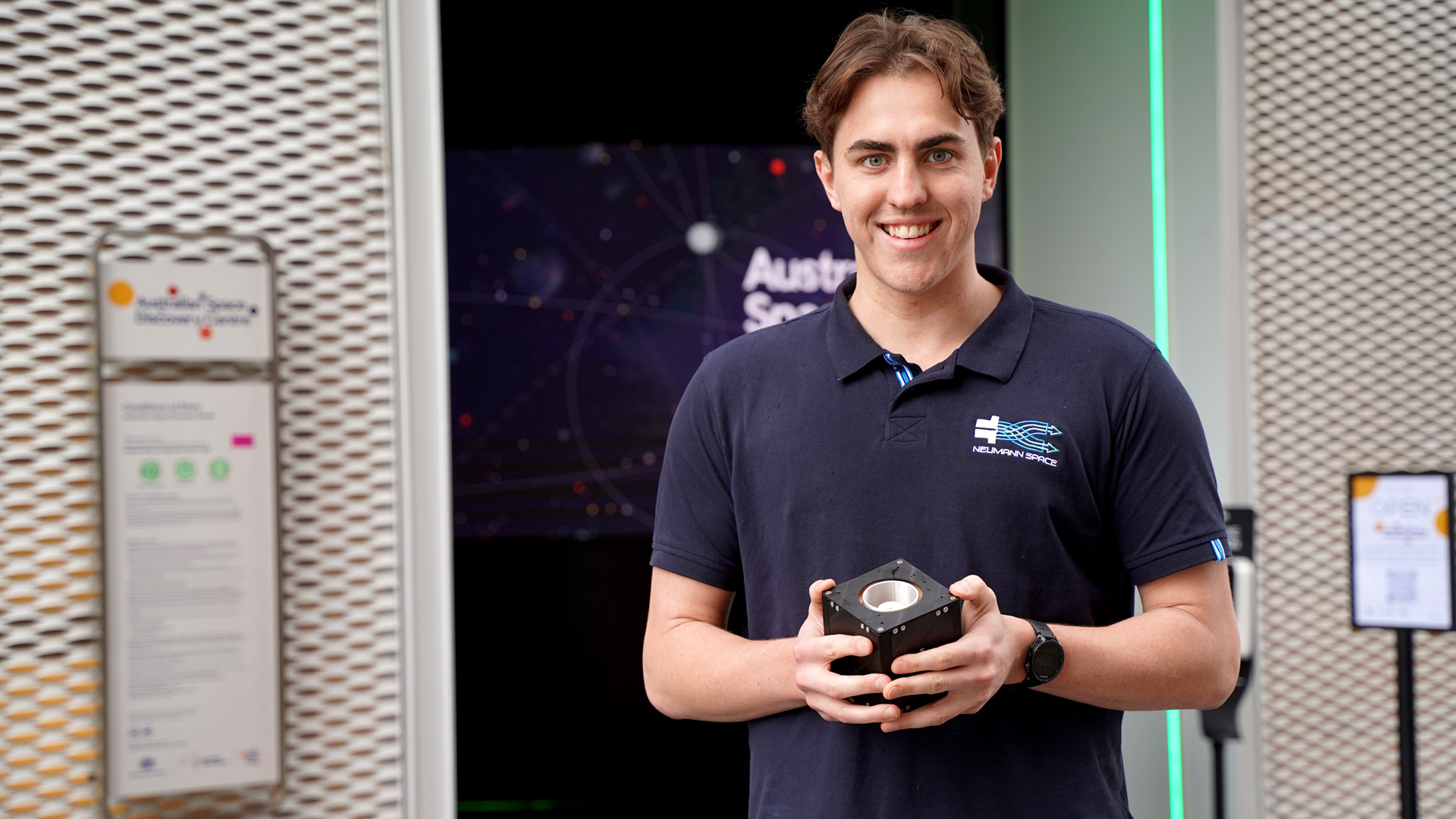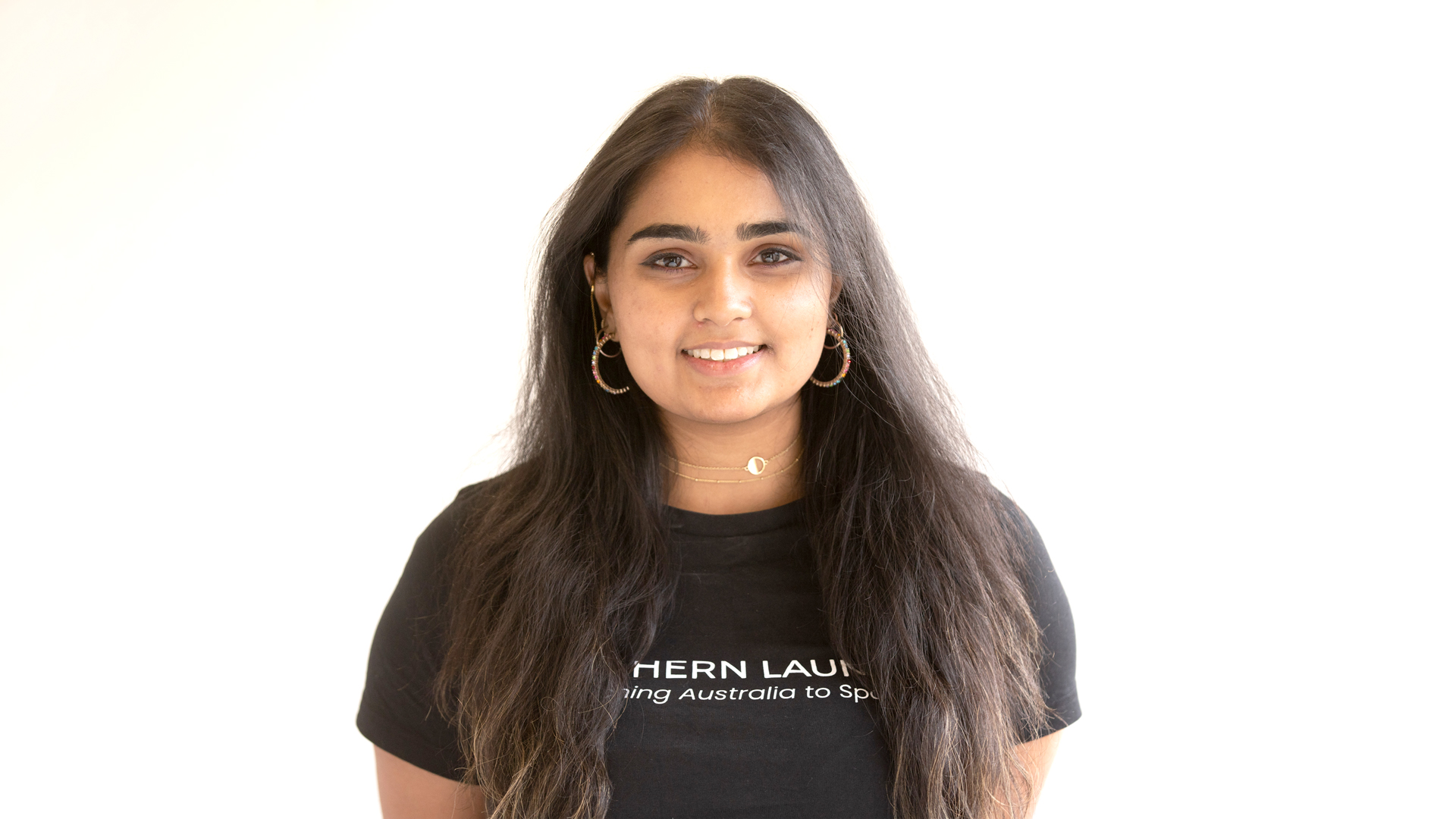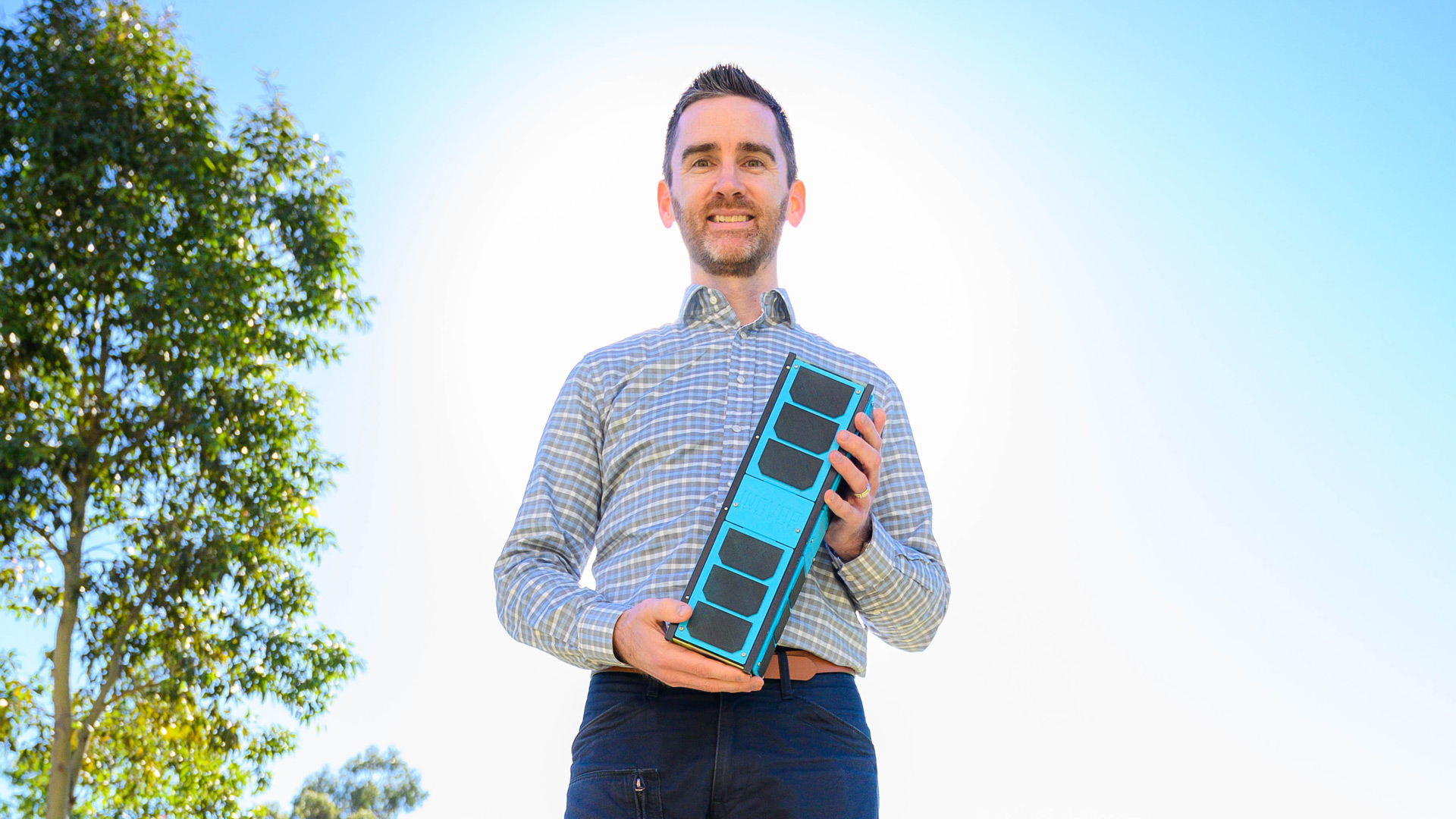The defence industry: where finite models lead to infinite possibilities
Dr Janet Wilson, Lead Structural Engineer at KBR, Frazer-Nash Consultancy –
Growing up in Belfast, Northern Ireland, Janet Wilson had a strong aptitude for maths and physics. While studying engineering in Scotland, Janet rose to the top of her class and hasn’t looked back since.
Engineering was not a popular choice for many women of the time, but for Janet it was a career path that ‘popped’.
“I was aware that engineering was not a path that I could go into half-heartedly but it just made sense to me,” reflected Janet, a Lead Structural Engineer with KBR business Frazer-Nash Consultancy. “The statistics haven’t changed as much as I hoped, but at the time I was one of only five women in a class of fifty-five.”
Janet studied civil engineering at Queens University Belfast, with a specialisation in structures. While civil engineering is often best-known for roads, railways and similar, Janet’s focus was on mechanical and large steel structures that move, including cranes and dam gates in high integrity environments, civil and nuclear power stations, research reactors, and supporting the United Kingdom’s nuclear-powered submarine program.
With such a vast number of specialties available within the civil engineering discipline, post-university and after working for a few years, Janet felt the need to specialise.
“Computer engineering had just started to become more accessible and I could see that it would have momentum. So, having already made the move to Scotland, I studied a master’s degree in structural engineering, with a major in computational technology at the Heriot-Watt University, Edinburgh.”
The master’s degree saw Janet refine her skills in finite element analysis (FEA), a computerised method for predicting how a product might react to real-world forces such as heat, vibration etc.
Not only did Janet become an expert in this field, she also came in top of the class. This accolade provided her with full funding for a PhD, which she later completed.
With her new husband, Ian, and her doctorate in hand, Janet started a role in England at T&N Technology.
Dr Wilson said, “My role was engineering analysis, with a focus on generating intellectual property (IP) for multinationals and retail clients. The role opened so many opportunities, including travel to countries such as Japan, France and America.”
In this same position, Janet also secured a patent for a part she designed – a gasket-less cylinder head that was integrated into car engines.
Later, after a short stint at a mechanical engineering oil and gas focused consultancy, Dr Wilson joined Dr Andrew Mair’s team at Babtie Group which was, at the time, the largest independent engineering consultancy in Scotland.
“He [Dr Mair] could see that finite element analysis was the future and he invested in everything we needed to build out a successful team,” Janet said. “My nine years there afforded me a huge range of naval experience working across all major naval bases and licensed sites supporting the nuclear submarine fleet; such as HM Naval Base Clyde, HM Naval Base Devonport and No. 5 Basin at Devonport Royal Dockyard, and BAE Systems Marine, Barrow.
Eventually, Janet and Ian were joined by two children, Daisy and Jamie, and Janet began seeking a role that gave her space to also be a mum.
She found it at Frazer-Nash Consultancy in Glasgow, a leading systems, engineering and technology company that is now owned by KBR. Janet worked as a Structural Engineer within the Systems Technology Group, a role encompassing key defence and civil nuclear projects.
Dr Wilson reflected, “I was the Independent Technical Authority for the Aircraft Carrier Alliance at the Rosyth Dockyard. The Queen Elizabeth-class aircraft carriers required forty-five separate blocks to be put together and welded, and I was responsible for signing off each one before they were lifted into place.”
And then a call came about a role in Australia. Frazer-Nash Consultancy had established itself in Adelaide in 2010, and there was a position for a talented individual to set up the systems technology discipline alongside the existing systems engineering and assurance teams.
“At the time, I was concerned as someone working part-time that it wouldn’t work but I applied for the role and got it,” Janet said. “We had plans to come to Australia for a couple of years, but we love it so much we haven’t left!”
Now a Lead Structural Engineer, Dr Wilson has played an integral role in advising on innovative Defence technologies.
At part of a global team that provides a full range of engineering services within the nuclear sector – including bespoke solutions to help de-risk complex defence programs – Dr Wilson is applying her nuclear expertise on local projects including in the nuclear medicine field with KBR customer the Australian Nuclear Science and Technology Organisation (ANSTO), which operates one of the world’s most modern nuclear research reactors. With AUKUS bringing nuclear submarines to Australian shores, Dr Wilson’s deep nuclear experience, backed by her on-the-ground experience in the UK and Australia, will enable her to support related defence projects. When asked about any advice for others looking to be a part of the defence industry, Dr Wilson said, “Regardless of which sector you are working in, find the part you love the most and make it your focus. And then be prepared for a lot of hard work!”
With such a significant career that has embraced so many opportunities along the way, there is still much more to come for Dr Wilson’s career. The possibilities are infinite.




















